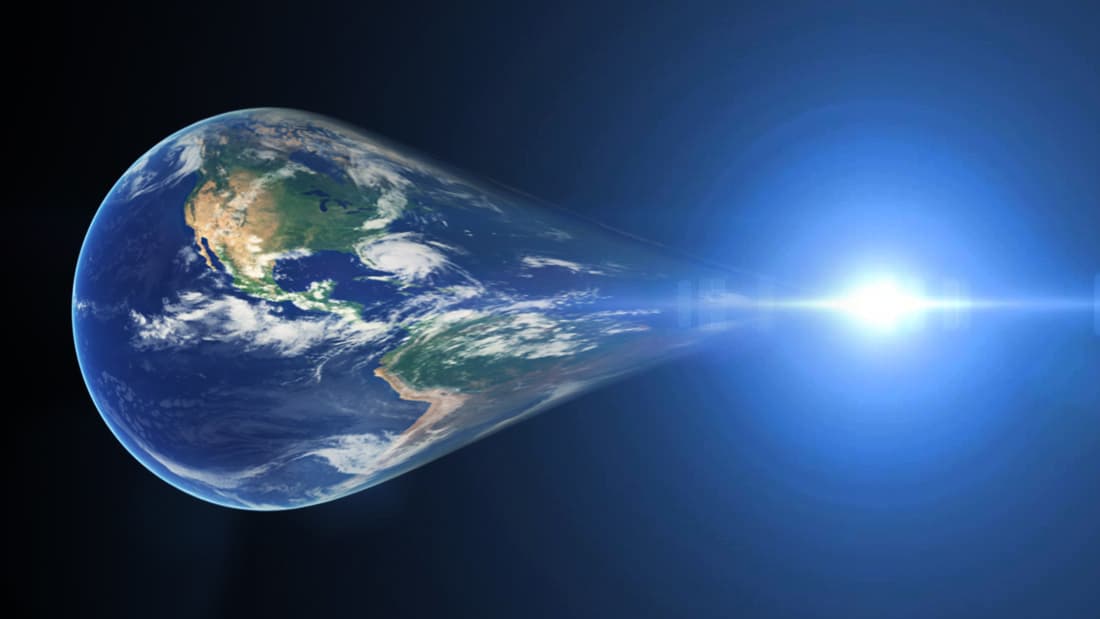Everyone always wants to turn the Earth into a black hole!
Instead, COULD YOU turn it into a neutron star?
Chris, Wales
Ooooh! I like this one! Chris is right, black holes hold the fascination of many as the densest objects in the universe, but the “humble” neutron stars shouldn’t be considered the offsprings of a lesser god.
Neutron stars are the end product of supernovae where the mass of the original star is over 8 times the mass of our Sun. Stars of all size are constantly balancing the radiation pressure from the energy produced in their core against their own gravity, which pulls everything in. When such a star has run out of fuel, nothing balances the gravity anymore and it collapses under its own weight. And then it goes boom.
Depending on the mass of the core, we can either end up with a neutron star or a black hole. Neutron stars are extremely dense, tiny, and spin very fast on their axis. Matter inside them is compressed into states that we have little understanding of. The degenerate matter inside neutron stars organizes itself in strange patterns which are named after pasta shapes. (Makes you proud to be Italian!)
Now, this is what you need to know about neutron stars. Could you turn the Earth into a neutron star? There’s no known mechanism to do. But if it were to turn into such an object, it would have some really weird properties.
First of all, it would be tiny. Neutron stars are very dense; a teaspoon of neutron star material weighs roughly ten million tons. So the entire Earth will end up having a radius of about 150 meters.
Although tiny, the Earth would still be rotating and its rotation it’s a very interesting thing. You see, one of the conservation laws of the Universe is the conservation of angular momentum. That value wouldn’t change even if the Earth were to shrink down. But since that’s the product of velocity and radius, given that the radius is significantly smaller, the Earth needs to rotate much faster. It would be spinning on its axis about 20,000 times every second.
Current theories suggest neutron stars might fall apart if they spin more than 1,500 times per second, so the neutron star Earth would have a very short life.
Some neutron stars can spin hundreds of times per second, these are known as millisecond pulsars. They are some of the most precise clocks in the universe and we are using them to study gravitational waves and even measure the mass of asteroids.

